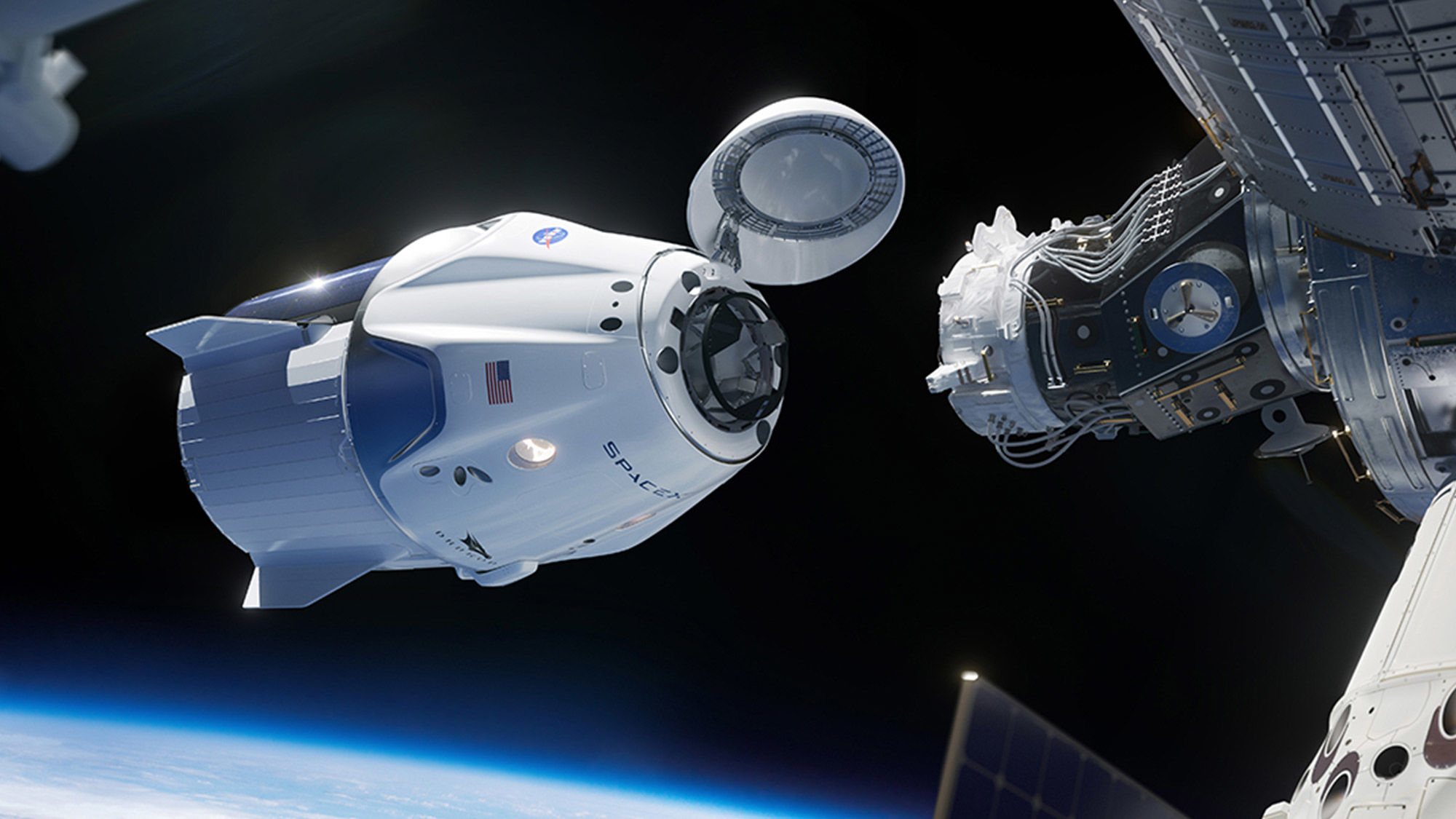Create a free profile to get unlimited access to exclusive videos, sweepstakes, and more!
SpaceX & NASA set May 27 for crewed Dragon flight, first manned U.S. launch in almost a decade

Hard to believe, but it’s been nearly a decade since a manned space flight lifted off from American soil. But barring any last-minute snags, the recent dearth of crewed U.S.-based liftoffs will come to an end next month, when the SpaceX Crew Dragon capsule carries two astronauts to the International Space Station, powered by a Falcon 9 rocket.
NASA announced the May date for the mission — a long-awaited first step in the agency’s plans to team with the private sector to make spaceflight cheaper and more frequent — via its official Twitter account on Friday.
If all goes according to plan, the May 27 launch from Kennedy Space Center in Florida will mark the first time astronauts have lifted off from an American site since the end of the Space Shuttle program, which signed off with the final mission of the Atlantis on July 8, 2011. It’s also a huge first for SpaceX, as the company’s first-ever launch of a vessel with people on board.Piloting the Crew Dragon capsule for its "Demo-2" inaugural mission as a people mover will be NASA astronauts Bob Behnken and Doug Hurley (who also was aboard the Atlantis in 2011 for its final voyage). The capsule, which has been extensively tested through a years-long collaboration between SpaceX and NASA, has already made three cargo flights to the ISS in its Cargo Dragon variant form, the most recent of which went off successfully in December of last year.
SpaceX founder Elon Musk commemorated the target date in a tweet that shows his eyes, as ever, on the stars. Development on the Dragon class of reusable craft began in 2010, but as it approaches what’s by far its biggest milestone, Musk was already thinking about Mars. “Good progress,” he wrote, “but 18 years to launch our first humans is a long time.”
As The Washington Post observes, success with the Crew Dragon program would mean NASA will once again have a ready means of launching people into space that makes its space relationship with Russia, which the U.S. compensates for its part in all joint ISS missions, discretionary rather than compulsory. It also would open a more cost-effective path to regular U.S. space liftoffs.
“Once NASA retired the space shuttle and lost the ability to fly humans, it became dependent on Russia to launch its missions,” the Post reports. “And Russia began raising the prices it charged for the service — from $21.3 million a seat in 2006 to almost $82 million a seat by 2015, an increase of nearly 300 percent.”
SpaceX has a track record of serving up detailed, well-narrated play-by-plays of its space launches, complete with live in-flight video and accessible explanations of a mission’s various stages. Here’s hoping for clear sailing as all eyes turn toward the Crew Dragon program’s momentous next step, when the astronauts lift off at 4:32 p.m. ET from Kennedy's pad 39A on May 27.


























